Seven Indicators That Move Markets: Forecasting Future Market Movements for Profitable Investments
$9.49
| Author(s) | , |
|---|---|
| Pages |
208 |
| Format |
|
| Publication Year |
2003 |
Seven Indicators That Move Markets reveals easy-to-use indicators that have been shown to actually forecast where the financial markets are going next. These indicators, widely available in daily newspapers and on the Internet, provide continuously updated figures and data that describe what market users are thinking todayand where the markets could be headed tomorrow.
Introduction:
The basic premise of this book is that you will do better when it comes to investment decision making if you have a good basic sense of how the U.S. economy will perform during the next few months. You want to know whether the economy will be growing or contracting. If the former, you want to know whether inflation will become a threat.
And you want to know what kinds of investments will do better given whatever outlook you come up with. Because the central bank holds the key to much of this, it seems a good place to start. We begin with an overview of the role of the Federal Reserve System (Fed) in terms of how it uses its power to create credit to control economic growth. In one view, the task of the Fed is to balance its base interest rate relative to a natural interest rate. Along with this, it is crucial to recognize the important distinction between transfer credit and created credit.
The next step is to see how you can use fed funds futures prices to tap into a helpful market consensus about what the Fed is likely to do during the next few months in terms of setting targets for monetary policy.
Contents:
- Market Indicators for a New Investment Era
- The Role of the Fed
- Fed Funds Spreads Can Shed Light on Future Fed Actions
- Yield-Curve Shape Changes Foretell Economic Developments
- TEDs, TAGs, and the Credit Story
- Volatility—An Indicator of Market Potential
- Futures Price Relationships Enrich the Story
- Commodity Prices—The Next Link in the Chain
- Changing Rules and Noisy Markets
- Putting the Market Indicators to Work
Seven Indicators That Move Markets: Forecasting Future Market Movements for Profitable Investments By Paul Kasriel, Keith Schap pdf
5 reviews for Seven Indicators That Move Markets: Forecasting Future Market Movements for Profitable Investments
Clear filtersOnly logged in customers who have purchased this product may leave a review.

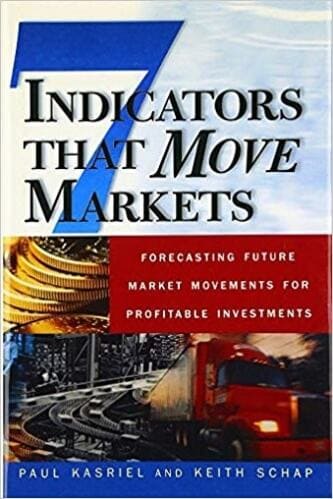
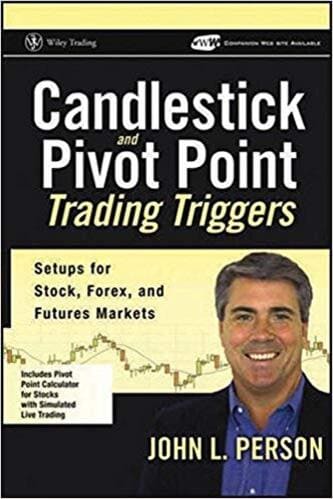


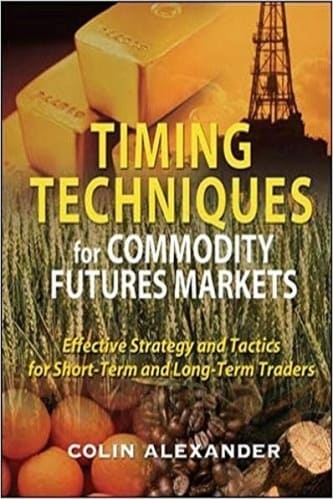
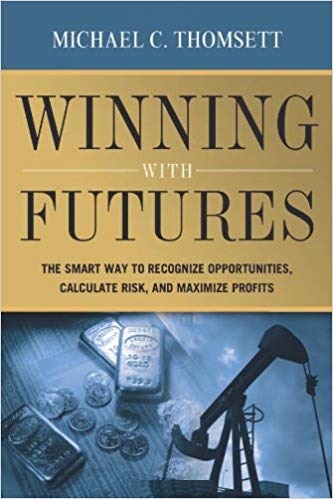
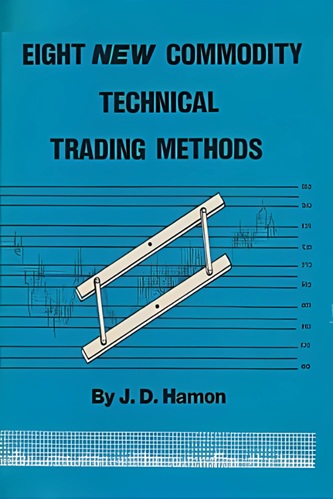
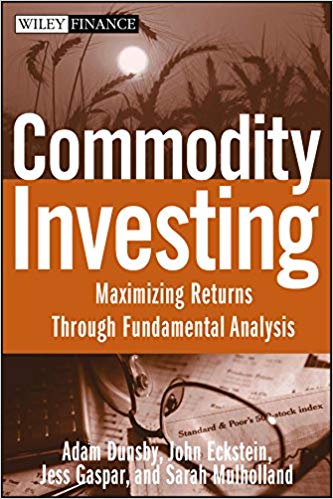
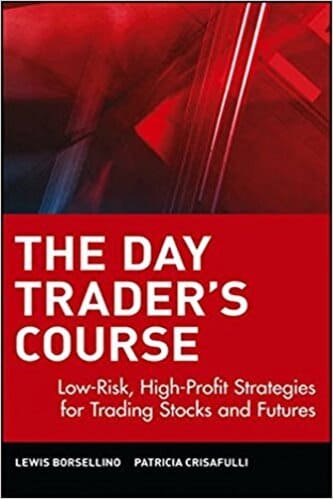
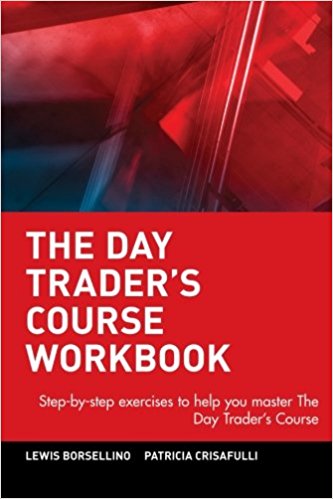
Jericho Townsend (verified owner) –
Content wise, the book is satisfying. However, as an economist, the author might have tried too hard to put all his knowledge in this 185 page content book that readers easily lose track of key points and feel it disorganized. The explanation or elaboration per particular economic indicators and scenario is good. Nevertheless, the relationship between particular indicators/chapters/scenarios are weak. As a whole, it appears to be a pack of lecture notes more than a compleat investment book. In the very case you want to know how fed fund futures…yield curves…credit spreads…volatility…option price derivatives…futures price relationships…industrial commodity prices…(I finally found these seven terms out in the book flip) affect the market, this book is good for you. If not, please give this a pass.
Troy Graves (verified owner) –
While interesting, I find these concepts very difficult to apply in practice. The book covers Fed actions, yield curve, TED spread, volatility, commodity pricing and some more fairly obtuse indicators mingled with a smattering of basic economics. In spite of the obvious competence of the writers, I didn’t find any of it to be very well explained. It’s also not clear why these particular indicators are preferred over the myriad of others. My opinion is still that leading indicators work better in hindsight than foresight, although that may be a failure to put in the required study effort. Maybe the point is that we need professional investment help from these authors, with attendant cost of course.
Gabriel Hartman (verified owner) –
Basically, I don’t care if I understand everything. The things the author talks about is what move the molarkets and that’s what we need to watch out for .simple as that.
Elle Mayo (verified owner) –
Nice
Kennedi Blair (verified owner) –
Kasriel is Northern Trust’s big gun economist/forecaster, and one of the best economic forecasters as measured by long term accuracy. In this book, he explains very clearly what he looks at, how he interprets the data, what it means and why it works. If you want to develop your own economic outlook, this book is an excellent place to start learning how. It is, however, for serious students. Not lightweight.